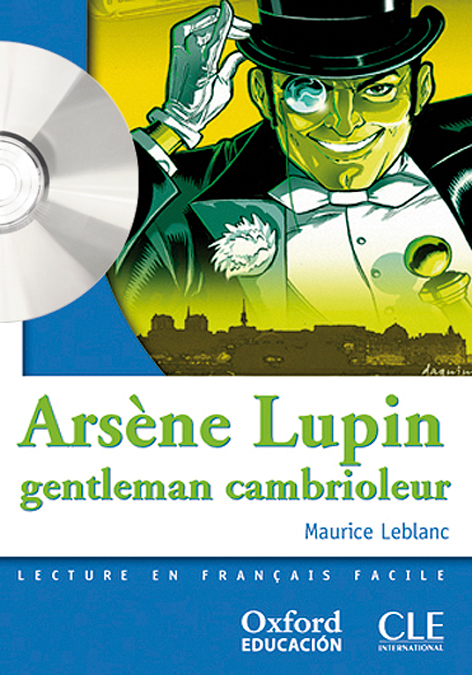

The stages are accompanied by a variety of visual special effects. Lupin court toujours (Lupin always running)ĭuring the guided tour of the museum in English or French, via an audio guide, the visitor learns numerous personal things about his life and work from the supposed voice of Maurice Leblanc.Le secret de l'Aiguille (The Secret of the Needle).On touche au but! (We are reaching our goal!).La salle des 47 "Lupin" ("Lupin" Room 47).La chambre du Chiffre (The Cipher's room).Le repaire d'un gentleman (A gentleman's lair).Le cabinet de travail de Maurice Leblanc (Maurice Leblanc's office).The tour takes place in the following seven stages:

Parts of the ground floor and the first floor are used as museum rooms today. The museum building is a two-storey Anglo-Norman style villa from the 19th century. According to director Maryse Alix, in 2016, the Clos Lupin attracts 17,000 to 25,000 annual visitors, and that Clos Lupin is "the most visited writer's house in France. In 2011, the property and the fund of the collection were bought for €639,000 by the Haute-Normandie Region (45%), the Department of Seine-Maritime (45%) and the municipality of Étretat (10%) which include Clos Lupin in the Historic route of writers' houses. From its opening in 1999 to 2004, it had more than 125,000 visitors. The museum opened in 1999 under its current name Le Clos Arsène Lupin, Maison Maurice Leblanc. In 1998 Florence Boespflug, Maurice Leblanc's granddaughter, was able to buy back the “Clos Lupine” and established a museum with accessories from her grandfather and his most famous fictional character, Arsène Lupin, in this old villa. Subsequently, it was sold by Leblanc's son in 1952. The house was confiscated during the German occupation in World War II. It originally bore the name "The Sphinx", but Leblanc renamed it "Clos Lupin", in homage to Arsène Lupin, whom he conceived, and to the flowers, and to the Lupinus flower plants in the garden, which he had planted there. Leblanc lived in this house for more than twenty years. In 1918 writer Maurice Leblanc bought a historic villa in Étretat, which he wanted to use for living and working personally. This Anglo-Norman half-timbered house was built around 1850.


 0 kommentar(er)
0 kommentar(er)
